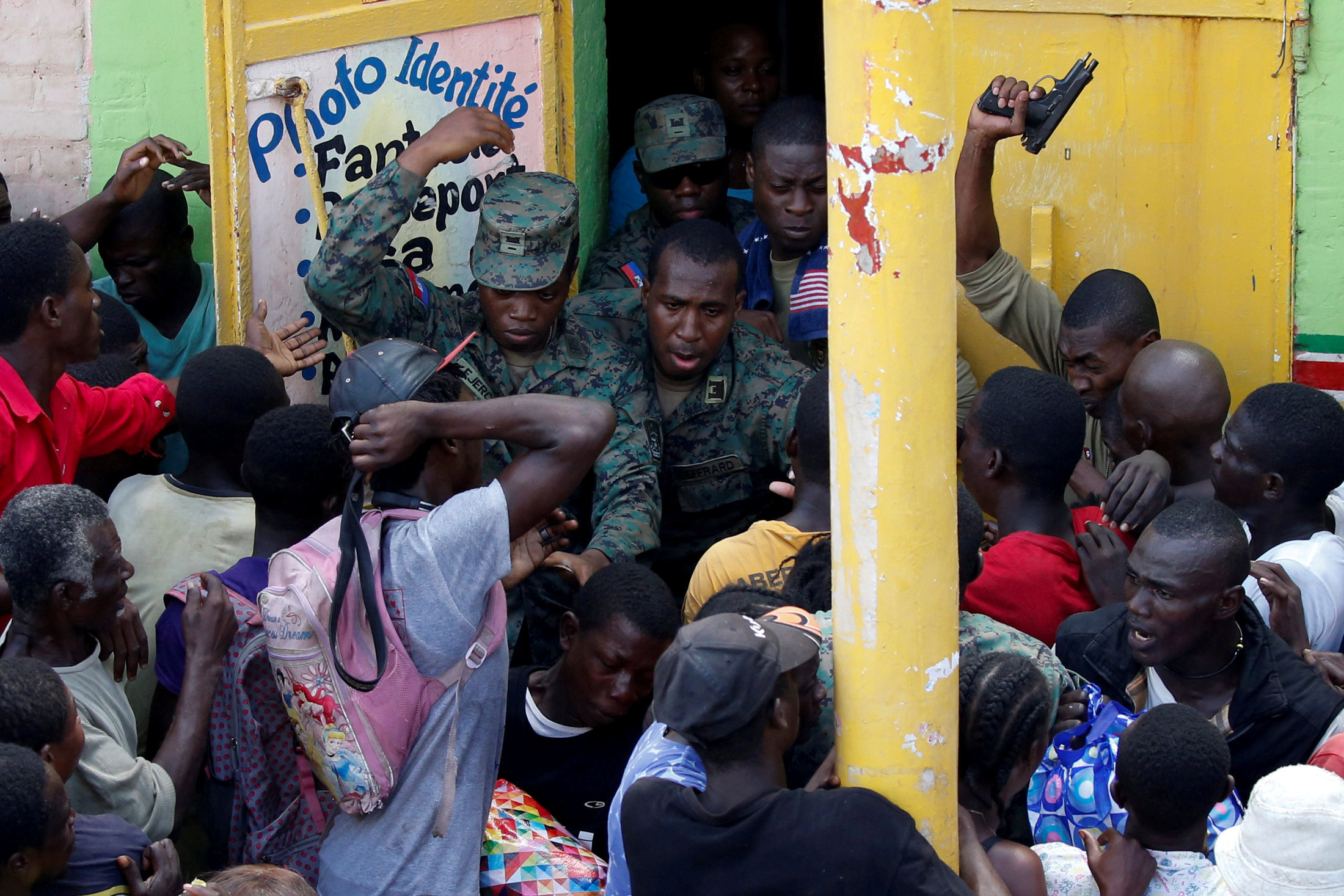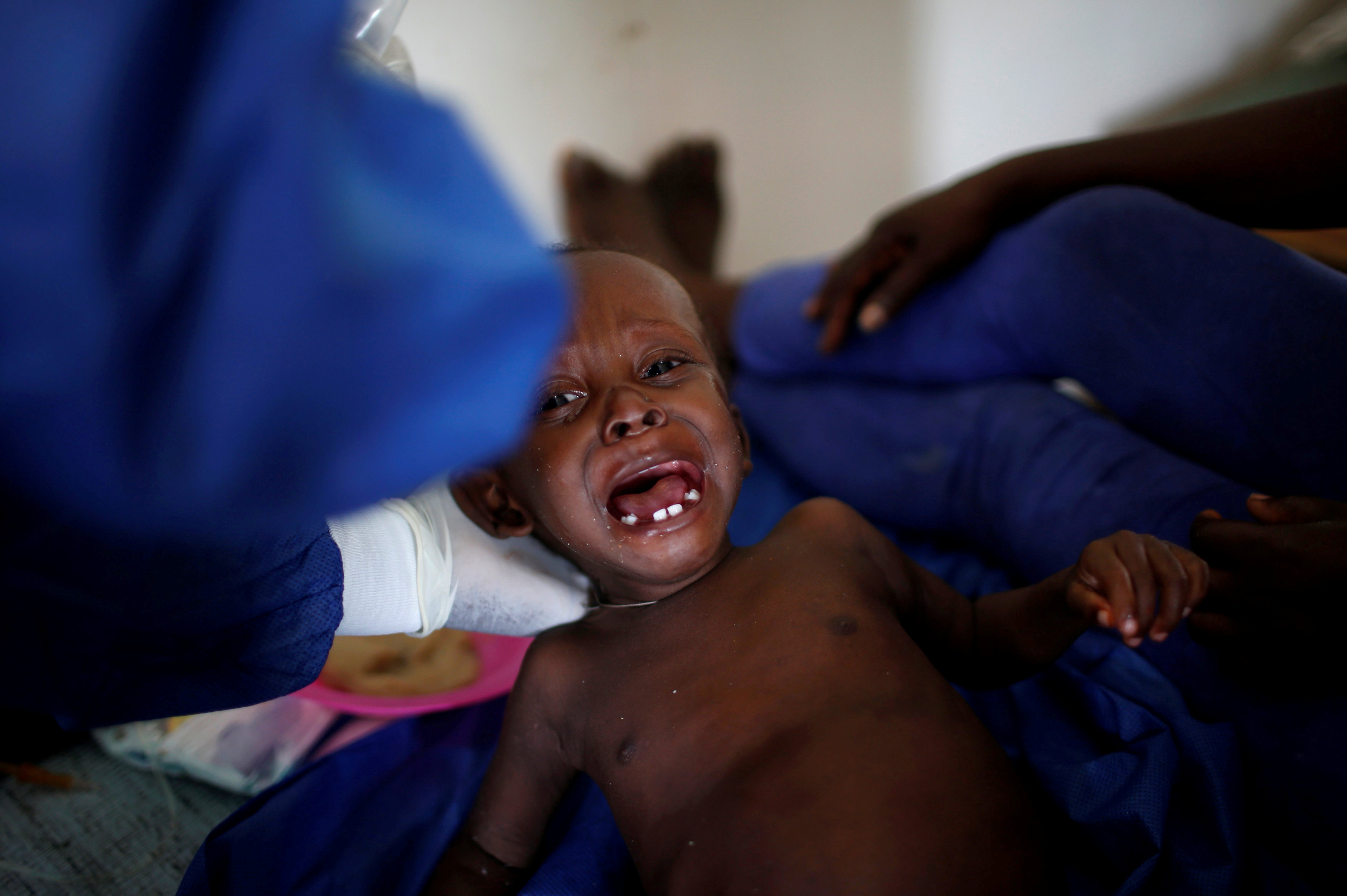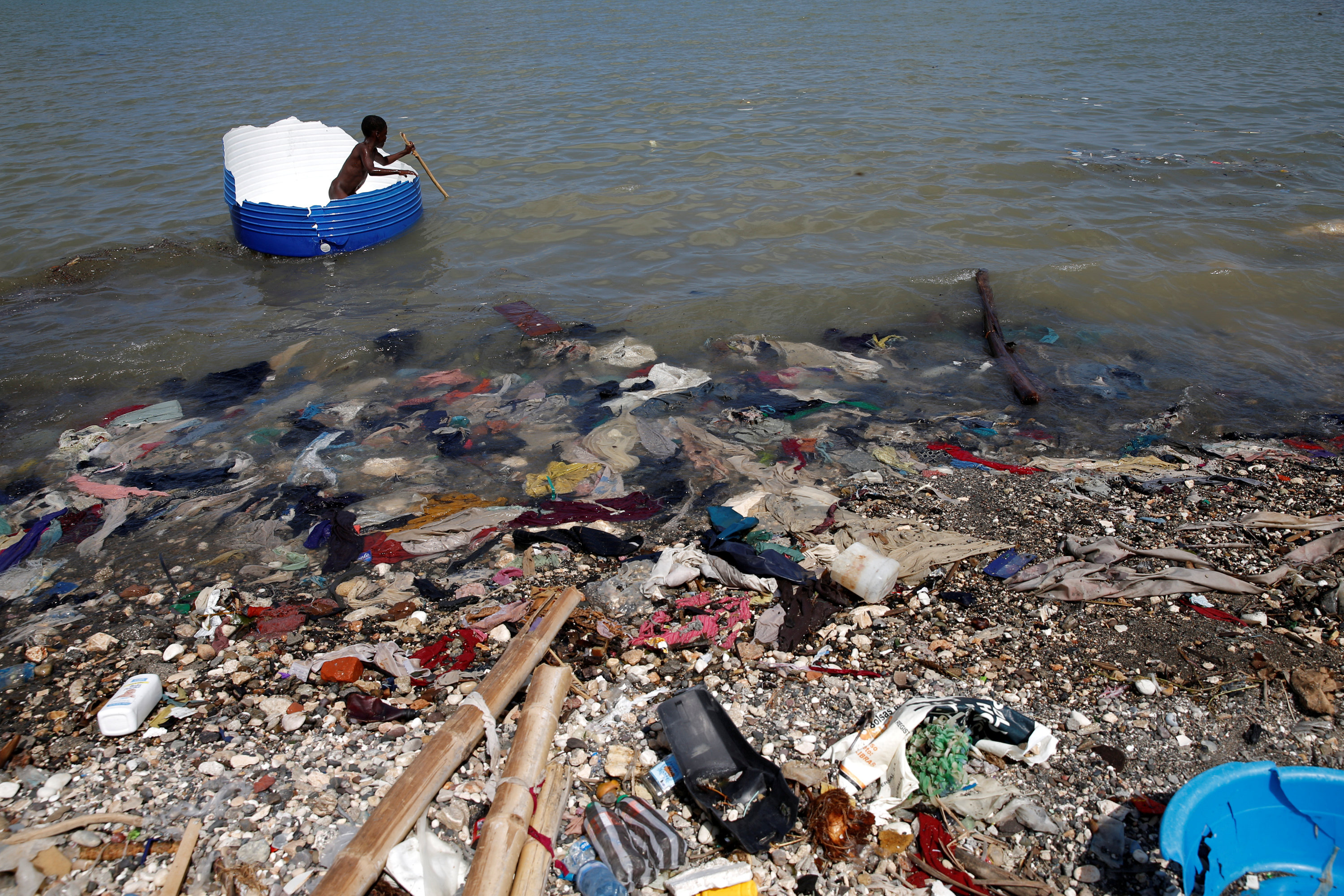Image: People walk on a street next to destroyed houses after Hurricane Matthew hit Jeremie, Haiti, October 6, 2016. REUTERS/Carlos Garcia Rawlins/File Photo
![]()
By Carlos Garcia Rawlins
JEREMIE, HAITI (Reuters) – The Haitian city of Jeremie was completely destroyed.
With a bird’s eye view from inside a plane, I could see that not one house was left with a roof, clothes were scattered everywhere and people picked through debris.
Hurricane Matthew had hit Haiti hard, and I was there to photograph the storm’s aftermath.
When I first arrived, I checked into a hotel in the capital, Port-au-Prince, and waited for the hurricane to pass. My job, after checking on any damage there, was to try to pinpoint the areas in the western corner of the country that took a direct hit from the storm.
I went to the capital’s airport to catch a flight to Les Cayes, close to where the hurricane had made landfall. It was closed to private flights. AID organizations and the U.S. military told me there would be flights only in the coming days.
Then I met a local pilot who was flying his mechanic to Jeremie, roughly 117 miles from Port-au-Prince, so he could check on his family.
He invited me to join them on his four-seater Cessna but said he would just drop off the mechanic and fly back to Port-au-Prince.
The pilot didn’t know if Jeremie had been hit by the hurricane but he knew the eye of Matthew had passed nearby.
We stayed at the airport for 15 minutes. I took as many pictures as I could before we flew back to the capital. This was a trip I’d make several times until a local pastor invited me to stay at his home in Jeremie.
Shooting from the Cessna wasn’t easy. The windows were very small and there was a lot of reflection.
In Port-au-Prince, I’d edit pictures and charge my gear. A bottle of hand sanitizer was always with me; getting sick wasn’t an option.
Many visits to the hospital units where people were being treated for cholera, one of Matthew’s worst repercussions, made me acutely aware of my health.
For me, the biggest challenge was facing the people in Jeremie. They told me they were hungry and needed help.
I tried to explain that the only help I could give them were my photographs to show what their lives had become.
A local man helped me with the translation, telling them that this was the only help I could give, that I had no money or food, only photographs to show the world and the hope for a quick response to help them.
A family I’d previously met wanted me to see their new home – a shack composed of zinc sheets with six people living in one tiny room. But they were proud; they were starting all over again. It almost made me cry.
I approached a tearful woman who was standing on the corner of a street near the harbor and asked if she was OK. She said she was but that she had lost everything and didn’t know how to gather the strength to begin again.
I saw an old man, maybe 80 years old, sitting at a desk outside what was left of his home. He was alone, no family, no friends, no food and no energy to do anything. He looked like he was waiting for life to end right there and then.
In the same city, a young boy played inside a broken water tank.
Harsh reality marks you. Seeing people trying to survive without mere basics.
It’s maddening to see how slow aid seems to arrive and how difficult recovery can be.
I’m convinced of the power of photographs.
Click on http://reut.rs/2ebfN0a to see a related photo essay.
(Reporting by Carlos Garcia Rawlins in Haiti; Editing by Melissa Fares and Diane Craft in New York)
Copyright 2015 Thomson Reuters. Click for Restrictions.






